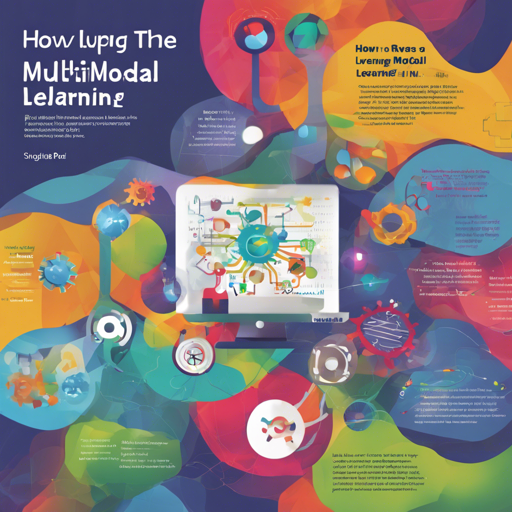RuCLIP (Russian Contrastive Language–Image Pretraining) is a cutting-edge multimodal model designed to understand and connect images with text in the Russian language. Built on a robust framework of zero-shot transfer, computer vision, and natural language processing, RuCLIP allows for advanced capabilities such as text ranking, image ranking, and zero-shot image classification.
Understanding RuCLIP’s Structure
Before diving into the usage and implementation of RuCLIP, it’s crucial to understand the anatomy of this impressive model. Imagine RuCLIP as a bridge connecting two worlds: that of images and that of text. This bridge is constructed using:
- Parameters: 430 million
- Training Data Volume: 240 million text-image pairs
- Transformer Layers: 12
- Transformer Width: 768
- Transformer Heads: 12
- Image Size: 224
- Vision Layers: 24
- Vision Width: 1024
- Vision Patch Size: 14
Each layer contributes to the model’s ability to process complex data, similar to how a multi-layered cake combines various flavors to create an exquisite final product.
Using RuCLIP: Step-by-Step
To get started with RuCLIP, follow these easy steps:
Step 1: Install RuCLIP
First, ensure you have RuCLIP installed in your Python environment. You can use the following command:
pip install ruclipStep 2: Load the Model
Next, load RuCLIP and prepare it for your tasks:
import ruclip
clip, processor = ruclip.load(ruclip-vit-large-patch14-224, device='cuda')In this step, the model is being loaded into a GPU device, making it ready to process data efficiently.
Performance Metrics
RuCLIP has been evaluated against various datasets, and its performance metrics are impressive:
| Dataset | Metric Name | Metric Result |
|---|---|---|
| Food101 | Accuracy (acc) | 0.597 |
| CIFAR10 | Accuracy (acc) | 0.878 |
| CIFAR100 | Accuracy (acc) | 0.511 |
| Birdsnap | Accuracy (acc) | 0.172 |
| SUN397 | Accuracy (acc) | 0.484 |
These metrics demonstrate RuCLIP’s ability to perform significant tasks across various datasets, showcasing its strength in handling both text and images.
Troubleshooting Tips
While working with RuCLIP, you may encounter a few common issues. Here are some troubleshooting ideas:
- Installation Problems: Ensure that pip is updated and that you are using a compatible version of Python.
- Loading Errors: Double-check the device configuration (CUDA or CPU) when loading the model.
- Performance Variability: If the model seems to underperform, verify that you are using the appropriate datasets and that they are cleaned and formatted correctly.
For more insights, updates, or to collaborate on AI development projects, stay connected with fxis.ai.
Conclusion
RuCLIP is not just a model; it’s a powerful tool that bridges the gap between language and vision in the Russian context, opening doors to endless applications in AI. At fxis.ai, we believe that such advancements are crucial for the future of AI, as they enable more comprehensive and effective solutions. Our team is continually exploring new methodologies to push the envelope in artificial intelligence, ensuring that our clients benefit from the latest technological innovations.

